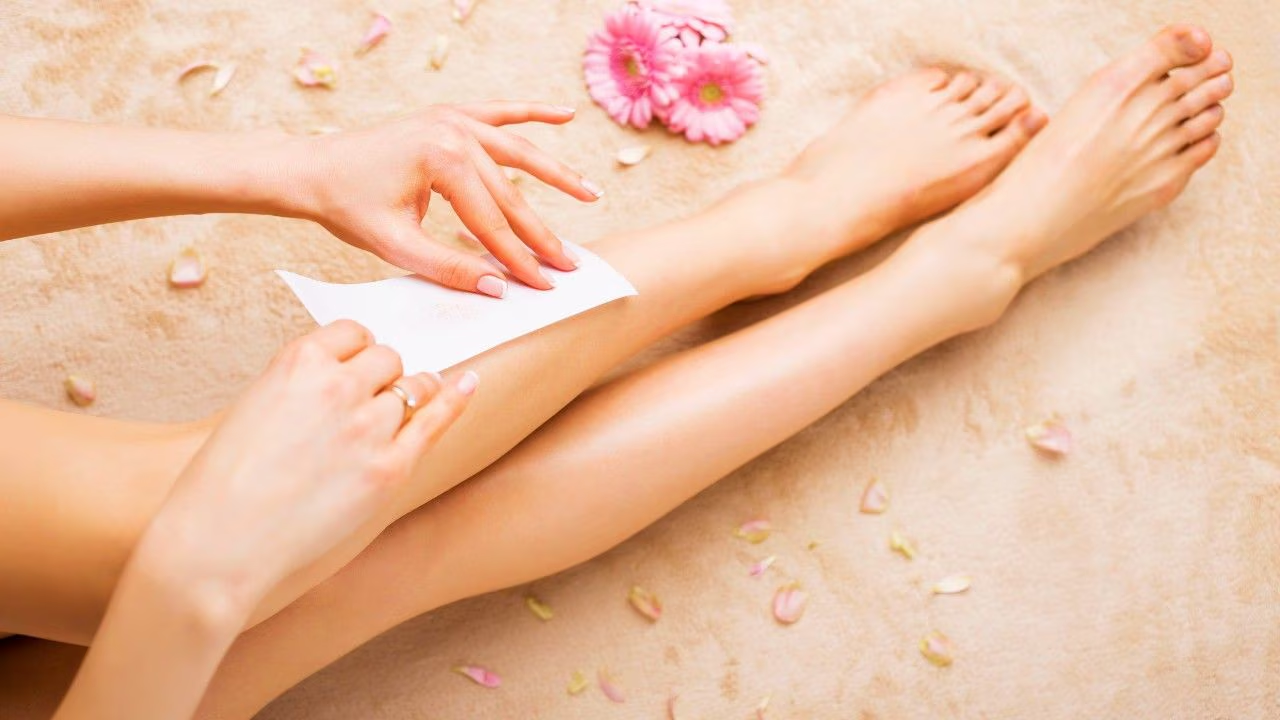Considering waxing but concerned about how it will impact your skin? You’re not alone! Most people experience side effects such as dark spots or irritation when they wax. Let’s demystify what actually happens to your skin and how you can look after it.

Does Waxing Darken Your Skin?
Once waxed, some individuals find that their skin appears darker. This is because waxing does a little damage to your skin — the hot wax and tugging can contribute to post-inflammatory hyperpigmentation (technical term for dark spots). Also, immediately after waxing, your skin is extremely sensitive to the sun, so sun exposure can exacerbate those dark spots. The heat and friction of waxing contribute to this as well.
Waxing Can Put a Crunch on Your Skin’s Elasticity
If you wax frequently, your skin is repeatedly stretched. Eventually, the pulling will decrease your skin’s elasticity, making it lose its spring. Small tears can occur, which impacts collagen (the material that makes skin firm), potentially resulting in sagging or loose skin.
Waxing Can Dry Out Your Skin
Waxing removes more than hair — it can remove some of the natural oils of your skin and even a thin layer of dead skin cells. Exfoliation being a good thing, this means your skin’s moisture barrier gets compromised, becoming dry and wrinkle- or irritation-prone.
Redness and Inflammation Are Common
It is to be expected that your skin becomes red or inflamed after waxing, particularly on sensitive areas. Regular waxing can reduce the strength of your skin barrier over time and accelerate skin aging. Help yourself by wearing loose cotton clothing and not taking hot showers for a day after waxing. Try, too, to avoid the sun, so you don’t irritate yourself more.
Watch Out for Ingrown Hairs
Waxing removes hair from the root, yet occasionally the hair comes back entangled in the skin, bringing about ingrown hairs. These are rough to touch and have a small bumpy appearance. Normal gentle exfoliation subsequent to waxing works by removing dead skin so hair can emerge normally.
Risk of Infection
Because waxing dilates your pores and hair follicles, your skin is more susceptible to bacteria that may cause infections. Tight, sweat-trapping clothing can exacerbate this. Be certain to clean the area with antibacterial soap and calm it with aloe vera, witch hazel, or tea tree oil to prevent redness and bacteria.
Possible Allergic Reactions
Certain wax products include fragrances or preservatives that could potentially induce allergic reactions, such as itching or rashes. If you have sensitive skin, always patch test prior to waxing and use hypoallergenic waxes to be on the safe side.
Also Read : Best Facial Oils for Glowing Skin: Natural Radiance



